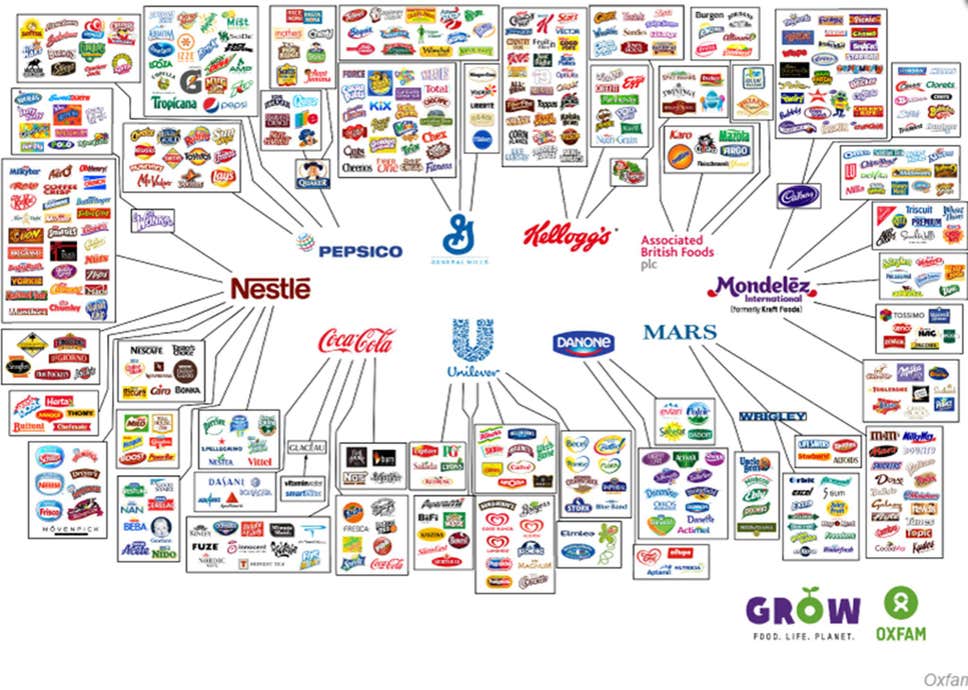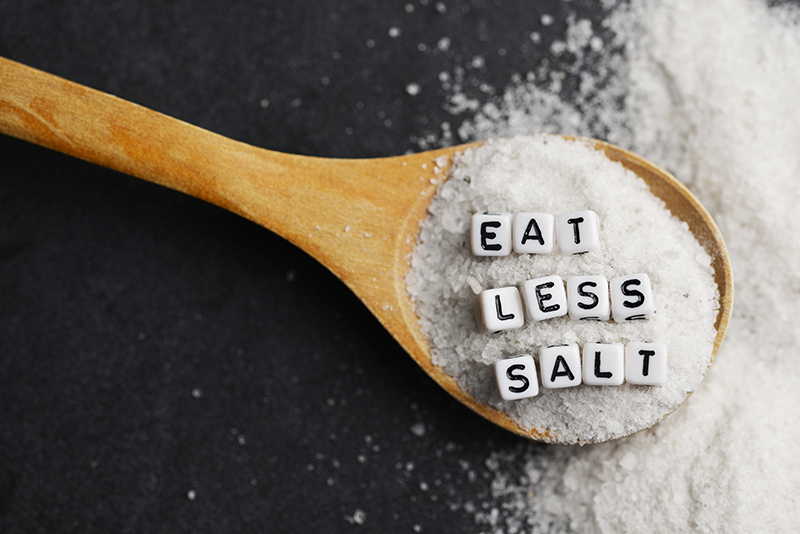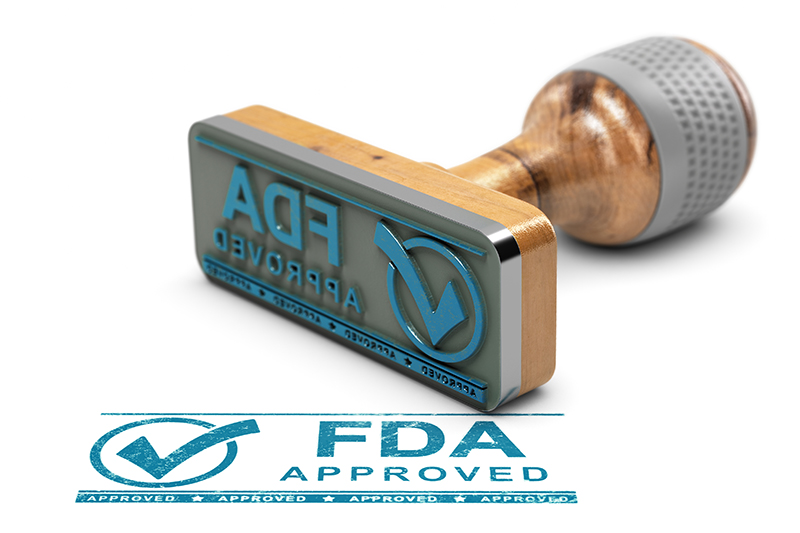Have you ever stopped to consider that before there was ultra-processed food there was no obesity epidemic? And without MSG there wouldn’t be many, if any, ultra-processed foods on the market.
Flavor-enhancing ingredients aren’t highly visible in processed food, but they’re absolutely essential. Flavor enhancers mask off-flavors, make chemicals taste like food and bring what industry calls an “umami taste” to otherwise bland and unappetizing products.
Those who reap huge profits from the sale of processed foods wouldn’t have a foot in the door without flavor enhancers and won’t be giving them up any time soon. That’s despite the fact that each and every one of them contains excitotoxic (brain damaging) glutamic acid – a.k.a. glutamate.
There are three prerequisites for producing brain damage that will lead to obesity.
First is a brain that is vulnerable to damage due to injury or the immaturity of a fetus or newborn.
Second is sufficient free glutamate — or other potentially excitotoxic material to produce the excesses needed to become excitotoxic. More than enough free glutamate is present in processed foods to accomplish that.
Third, there needs to be a way to deliver this excitotoxic material to a vulnerable brain.
The fetus and newborn have brains that are vulnerable to damage by excitotoxins
In the 1970s it was demonstrated that the brains of newborn animals are vulnerable to glutamate insult. Brain damage, followed by obesity was produced in newborn mice (whose brains, like those of humans, are not fully developed). A student in Dr. John Olney’s lab had observed that mice being used in studies of glutamate-induced retinal dysfunction had become grotesquely obese. A series of studies by Olney and others followed. Many were studies of MSG fed to animals.
Today, there is more than sufficient excitotoxic glutamic acid in ultra-processed food, “fake” food, protein substitutes, and dietary supplements to cause excitotoxicity
When present in amounts needed for normal body function, the neurotransmitter glutamic acid is essential. But when accumulated in amounts greater than the body requires, glutamic acid becomes an excitotoxic neurotransmitter, firing repeatedly and damaging the cells that host targeted glutamate-receptors and/or causing death by over-exciting those glutamate receptors until their host cells die.
Additional confirmation of the brain-damaging effects of excitotoxic free glutamic acid comes from research focused on identifying and understanding human diseases and abnormalities associated with glutamate, often for the purpose of finding drugs that would mitigate glutamate’s adverse effects. By 1980, glutamate-associated disorders such as headaches, asthma, diabetes, muscle pain, atrial fibrillation, ischemia, trauma, seizures, stroke, Alzheimer’s disease, amyotrophic lateral sclerosis (ALS), Huntington’s disease, Parkinson’s disease, depression, multiple sclerosis, schizophrenia, obsessive-compulsive disorder (OCD), epilepsy, addiction, attention-deficit/hyperactivity disorder (ADHD), frontotemporal dementia and autism were on the rise, and evidence of the brain-damaging effects of glutamate were generally accepted by the scientific community.
To become excitotoxic, glutamic acid must be accumulated in considerable quantity. There have always been excitotoxins, although not in food in excessive amounts. But that changed in 1957 when extraction of glutamate from a protein source (which had been a slow and costly method) was replaced by carefully selected genetically modified bacteria that excrete glutamate through their cell walls. That transformation allowed, and still allows, for virtually unlimited production of manufactured free glutamate and MSG.
It wasn’t long before food manufacturers found that profits could be increased by using manufactured free glutamate to produce their own flavor-enhancing additives, and dozens of excitotoxic ingredients were added to the food supply.
Over the next two decades foods containing manufactured/processed free glutamate in ingredients such as hydrolyzed proteins, yeast extracts, maltodextrin, soy protein isolate and MSG flooded the marketplace. And the large amounts of manufactured free glutamate needed to cause excitotoxicity became readily available to anyone consuming multiple processed food products during the course of a day.
Excitotoxins are delivered to the vulnerable brains of fetuses and newborns by their pregnant mothers
Delivery of excitotoxins to the fetus and newborn is easy to understand. Nourishment (and not so nourishing material) is delivered to the fetus in the form of material ingested by a pregnant woman and passed to the fetus through the placenta. A newborn is nourished through its mothers’ milk.
Data from Frieder and Grimm and others confirm that free glutamate can be passed in excessive quantities to neonates and fetuses by expectant mothers who ingest excessive amounts. Glutamate can cross the placenta during pregnancy, can cross the blood brain barrier (BBB) in an unregulated manner during development and can pass through the five circumventricular organs (unique areas of the brain that lie outside the BBB) which are leaky at best at any stage of life. Moreover, the BBB is easily damaged by fever, stroke, trauma to the head, seizures, ingestion of MSG, and the normal process of aging. Similar to drugs and alcohol, free glutamate can also be passed to infants through mothers’ milk.
The obesity epidemic was set in motion as the amount of manufactured free glutamate in processed food, “fake” food, protein substitutes, and dietary supplements became sufficient to wipe out brain cells in the area of the arcuate nucleus of the hypothalamus that would have controlled satiety, appetite, and food intake had they not been obliterated by flavor-enhancers like MSG.
If you have questions or comments, we’d love to hear from you. If you have hints for others on how to avoid exposure to MfG, send them along, too, and we’ll put them up on Facebook. Or you can reach us at questionsaboutmsg@gmail.com and follow us on Twitter @truthlabeling.











